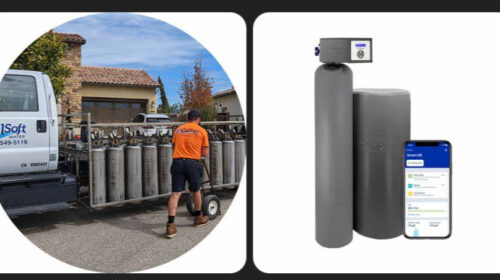Clay Soil Series | OC Handyman Services
If you live in Orange County, Los Angeles County, or the Inland Empire, chances are your yard sits atop clay-rich soil. And if you’ve noticed water pooling after rain or irrigation, your clay soil is likely to blame.
Clay retains water far more than sandy or loamy soil — and when poorly managed, it leads to soggy lawns, dead patches, root rot, foundation damage, and mosquito-friendly puddles.
In this guide, we’ll break down how to identify, correct, and prevent drainage problems caused by expansive clay soil.
💧 Why Clay Soil Causes Poor Drainage
Clay soil has:
- Tiny, compact particles that leave little room for water to flow
- Slow infiltration rates — water sits on the surface instead of soaking in
- High expansion rates — it swells when wet and shrinks when dry, causing cracks and uneven surfaces
Even a slight slope on clay can create trapped pockets of water that never drain.
🕳️ Signs You Have Drainage Problems
- Standing water that lingers more than 24 hours
- Mushy or slippery lawn after light watering
- Dead grass or yellow patches in sunken areas
- Algae growth near patios or fence lines
- Foul odors or mosquito breeding near puddles
- Foundation settling or driveway cracking
If your yard stays wet in some spots and dry in others, your grading and soil composition need attention.
✅ Drainage Solutions for Clay Soil Yards
1. Regrade the Area
- Use a laser level to identify low spots
- Add road base and topsoil to slope water away from foundations
- A 1–2% grade away from the house is ideal
2. Install a French Drain System
- A perforated pipe wrapped in fabric, buried under gravel
- Captures and redirects water away from problem zones
- Often installed along retaining walls, under downspouts, or across lawns
3. Surface Drains or Catch Basins
- Installed in the lowest points of your yard
- Connected via pipe to discharge water safely away
- Effective in smaller yards with limited slope
4. Soil Amendment with Gypsum
- Gypsum breaks up dense clay particles, allowing better water infiltration
- Best when rototilled in with compost and allowed to rest 1–2 weeks
- See 0242 – How Gypsum Works to Stabilize Clay Soil
5. Dry Creek Beds or Decorative Swales
- Mimic natural water flow patterns
- Use decorative rock and edging to channel rainwater to a drain or garden
- Doubles as a landscape feature
🚫 What Not to Do
- Don’t top with sand — it can create cement-like layers
- Don’t just add mulch — it can trap water above the clay
- Don’t ignore standing water — it can attract termites and damage structures


Leave a Reply